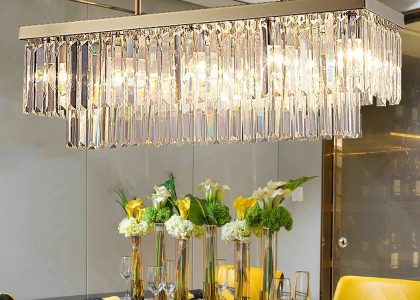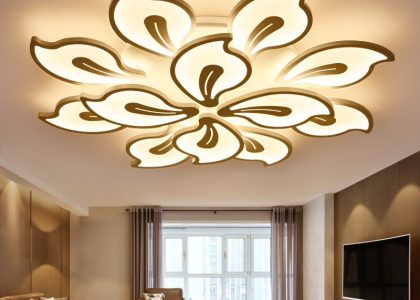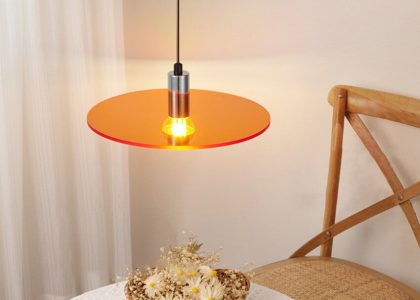The Importance of Lighting in the 1960s
Lighting played a vital role in shaping the visual aesthetic of the 1960s. With the advent of new technologies and a changing social climate, designers and artists experimented with lighting ideas to create unique and groundbreaking designs that reflected the era’s spirit. This period saw the emergence of a new form of lighting design, which became an essential part of pop culture and artistic expression.
Emergence of New Lighting Forms
One of the most iconic lighting designs that emerged in the 1960s was the lava lamp. Created in 1963 by British inventor Edward Craven-Walker, the lava lamp became an instant sensation and became synonymous with the psychedelic and countercultural movements of the time. Its hypnotic, mesmerizing glow created by the rising and falling wax in the lamp was perfect for setting the mood in hip hangout spots and nightclubs.
Luminous Art Installations
The 1960s was also an era of experimental art and design, and lighting played a significant role in this trend. Artists like Dan Flavin and James Turrell experimented with light and space to create luminous art installations that transformed the perception of space. Flavin created minimalist works that used neon tubes of different colors and sizes to create a play of light and form while Turrell used simple geometric shapes and light to create the illusion of infinite space.
Industrial Design
Lighting was also an essential part of industrial design in the 1960s, where the focus was on creating functional and innovative designs for everyday items. Designers like Achille Castiglioni and Gino Sarfatti created lighting fixtures that blended aesthetics with functionality. Castiglioni’s iconic Arco Floor Lamp was an innovative design that provided overhead lighting without the need for electrical wiring while Sarfatti’s 2097 chandelier used a futuristic design to create a striking centerpiece for any room.
The Legacy of 1960s Lighting Design
The lighting designs of the 1960s had a significant impact on the world of design, pop culture, and art. From the emergence of new lighting forms like the lava lamp to the experimental art installations of Flavin and Turrell, the era’s lighting designs exemplified the spirit of innovation and experimentation of the time. Many of these designs continue to inspire and influence designers and artists today, exemplifying the timelessness of good design.
Innovation and Creative Expression
The 1960s was a decade of rapid change and social upheaval, and lighting design was no exception. With new technologies and materials available, designers and artists experimented with lighting in creative ways, defying convention and imagining a new future. The legacy of these designs lies in the innovation and creative expression they embodied, setting the precedent for generations of designers to come.
The Power of Lighting
The importance of lighting in the 1960s was more than just aesthetic; it had the power to shape moods, transform spaces, and reflect the cultural zeitgeist of the time. The innovative lighting designs of this era demonstrated the potential of lighting to go beyond mere function and become an expressive art form that defines spaces and experiences.






